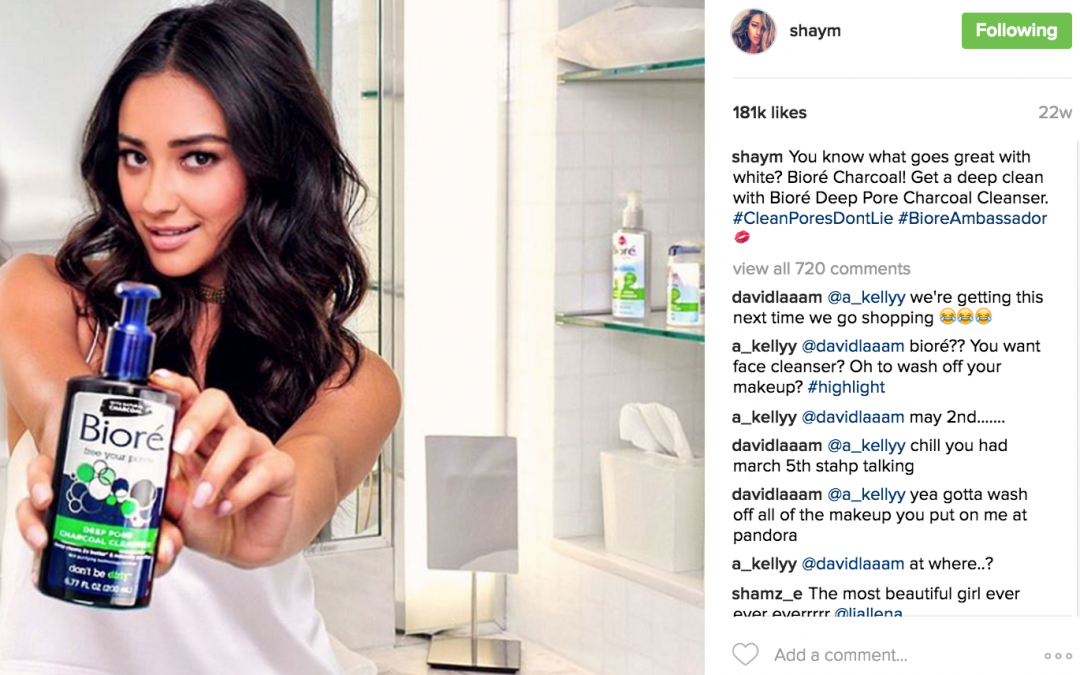In this post, we will provide you with knowledge about how to create an effective influencer marketing strategy. But first, let’s explore the way to find the suited influencers for your brand.
How to Find Influencers

Google Search
The most simple method to go about an influencer search is with the help of Google (or any search engine). Keep in mind an influencer is already creating content in your field and reaching your target audience. So, a Google seek for industry-related terms and keywords will surface experts in those areas.
Review articles related to numerous topics in your field, conduct individual searches for individuals you’ve heard of or know are already high impact contributors, and scan industry-specific sites and web pages for influencers.
Social Media
You may also seek for influencers on various social media platforms. Whether or not you’re going for a social media influencer, most influencers will likely have some kind of social media presence — their profiles serve as an effective way to learn more about them.
On social, search for keywords and phrases, specific users, hashtags, and tagged audience members on specific posts (brands and social users might have tagged influencers you could potentially work within posts). Don’t forget to look in the comments sections of high-traffic posts related to your or sort of work as influencers may have posted comments and interacted with members of your target audience there. You can even get some ideas from influencer posts on your competitor’s accounts.
Referrals
Use your present network (professional and personal) to acquire referrals. Search for KOLs on LinkedIn and ask your team if they’ve recently followed any micro-influencers on social who regularly post content that’s compatible with your brand and image. In case you’ve worked with any influencers in the past, ask them if they’re willing to connect your business with other influencers they know as well.
Blogs
Studying blogs is another great method to locate influencers — that is, both the blog authors and their sources. Scan for the individuals mentioned in the blogs. Maybe the blogger is reviewing their work, mentioned a quote from them, or asked them to contribute to the piece.
Moreover, themed publications (business, art, beauty, or fashion) typically do expert round-ups where they feature dozens of influencers. You’ll be able to analysis the individual further to determine if they’re a great fit for your business.
Influencer Software
Because of the rising popularity of influencer marketing, various technology and software have emerged to assist businesses identify influencers and measure their success.
Two of the most popular options include BuzzStream and BuzzSumo.
BuzzStream allows users to research influencers. As a user, you can also construct profiles, overview the influencer interactions, measure their success via engagement metrics, and review their contact history.
BuzzSumo allows you to establish key influencers that are popular among your target audience. It also means that you can analyze which kinds of content perform best for influencers and review the content of your competitors.
Talent Agencies and Agents
In case you’re looking to hire a particular celebrity influencer, it’s unlikely you’re going to be able to send them a direct email or give them a call. Instead, you’ll probably have to go through a talent agency or work with an agent to determine whether or not that celebrity is willing to work with your brand and for what price.
Create an Influencer Marketing Strategy
- Decide your campaign goals
- Determine your campaign audience
- Set your budget and choose your influencer type
- Select your influencer and review their work
- Develop your campaign messaging for your influencer
- Finalize campaign expectations with your influencer
- Reward your influencer
- Measure your results
Let’s dive into how you can create an influencer marketing strategy for your brand. This strategy can help you manage all aspects of your relationship with an influencer. It’ll also ensure they’re successful in helping you achieve your campaign goals.
1. Decide your campaign goals.
The first step is to create targets for your influencer marketing strategy — these will allow you to measure the success of your campaign. Think about your goals in terms of SMART goals.
When working to develop influencer marketing SMART goals, there are three factors to remember: reach, relevance, and resonance. These will help you focus your targets on the different aspects of influencer marketing.
- Reach is the ability to deliver content to your target audience through an influencer. It helps to improve your brand and product awareness. For instance, how many people on Instagram are actually seeing the content an influencer is posting about your product?
- Relevance is the level of connection your audience feels to your brand, product, or service due to the work of an influencer — it’ll allow you to improve brand loyalty. For instance, in case your viewers sees a celebrity they love and admire with your product, they may begin to feel a strong connection to it, too.
- Resonance is the ability to drive viewers members to a specific action because of an influencer’s content — it’s all about impact and memorability. Resonance helps you boost your follower count, drive traffic to your site, and increase conversions. For example, in case your viewers reads a blog post written by an influencer about your product, they might click on on the hyperlink within the weblog post that directs them to your website to allow them to buy it.
2. Define your campaign audience.
No matter which kind of influencer you work with, your target audience will remain the same. Different influencers may have different ways of connecting along with your audience, however your business’s overall marketing goals and buyer personas don’t change.
Before moving forward with your influencer marketing strategy, work with your marketing team to develop and learn about your buyer personas. This will allow you to identify the exact kind of customer you’re going after and, therefore, allow you to determine what kind of influencer and content will appeal most to them to ensure your target audience is aligned with that of the influencer.
3. Set your budget and choose your influencer type.
Based on our review of the five major types of influencers, you need to be able to determine which type will work greatest for your business’s goals and audience. You also needs to think about your budget.
For example, in case you’re a startup with a low budget, you might choose to work with a micro-influencer. In case you’re a mid-sized company with more resources, you might choose to bring on a celebrity influencer or work with a KOL who’s highly-regarded in their .
Here are some more details on the average cost of influencers based on the kind of work they do. Note that these numbers aren’t set in stone for every influencer.
- Micro-influencer: $80-500 per piece of content
- Celebrity influencer: $3,000-$500,000+ per piece of content (Selena Gomez makes up to $550,000 per Instagram post.)
- Blog influencer: $400-$5,500 per blog post
- Social media influencer: $100-$550,000+ per social post
- KOL: $500-$5,000+ per piece of content
4. Select your influencer and review his or her work.
Once you’ve determined the kind of influencer you need to work with, it’s time to identify the best influencer for your company. We already discussed how to find an influencer, so, let’s cover some other essential things to consider when finding an influencer that’s a good fit for your business.
Ask yourself (and the influencer!) the following questions:
- Does this influencer and his or her lifestyle fit my brand image?
- Have they worked with any of my competitors?
- Who is this influencer’s current audience?
- Is my target audience active on the platform/channel primarily used by this influencer?
- Does working with this influencer make sense for my budget?
- Has this influencer actually used any of my products or services before? Are they a customer?
- Does this person have a personality I need to work with?
- What will this influencer expect from me?
5. Develop your campaign messaging for your influencer.
Once you’ve chosen an influencer, it’s time to plug them into your campaign. Work with your marketing team to develop your campaign messaging and decide what content your influencer should (and should not) publish.
Make sure to share your brand guidelines — including details about your brand voice, tag lines, and language to avoid — with your influencer to allow them to remain on-brand with their content. Keep in mind, whether an influencer posts about your product or service one time or 100 times, they’re nonetheless representing your brand and business. Ensure they have the tools to do so accurately.
In this stage, you should also decide whether your influencer will be creating content for your campaign on their own or if you’ll be providing the content for them to post.
Lastly, make sure to discuss how they’re going that will help you boost traffic with their content and which target metrics you can expect per post or piece of content.

